Influencer Marketing: The Must Know Guide
Jul 27, 2021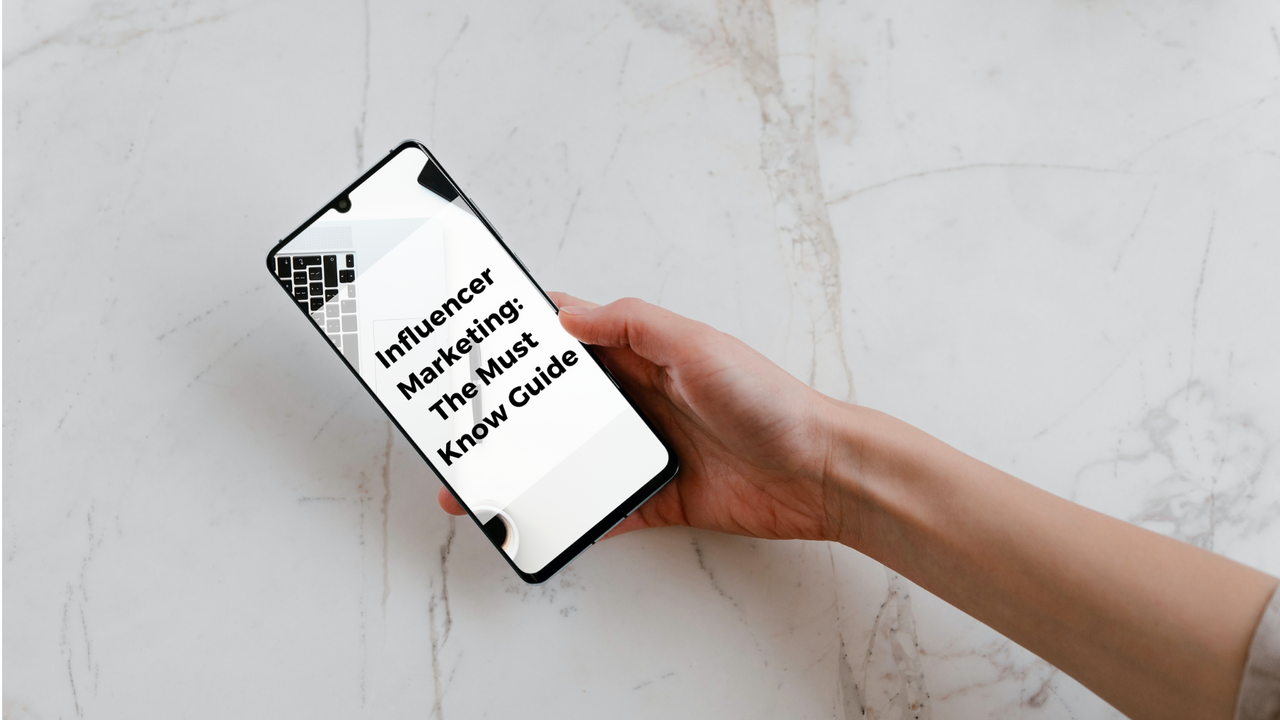
So, What is influencer marketing:
An influencer is simply someone who has influence over other people's buying decisions. In other words, it's someone who has the influence, authority, and trust of, a certain group of people, and influencer marketing then is when a brand makes use of influencers to turn prospective customers into buyers or to create brand awareness.
Why does it work?
In the words of marketing genius, Seth Godin said it so well “People do not buy goods and services. They buy relations, stories, and magic.”
We as humans have a need to connect and to feel part of a community. We trust people more than we trust brands.
Influencer marketing works because of the TRUST that the influencer has gained with his / her followers. People love to be reassured about their purchase decisions.
The difference between traditional media and influencer marketing is simply that traditional media wants to tell us what we should do while an influencer tells us what they do and what works for them.
It's like getting advice from your best friend. And this is exactly why it works so well.
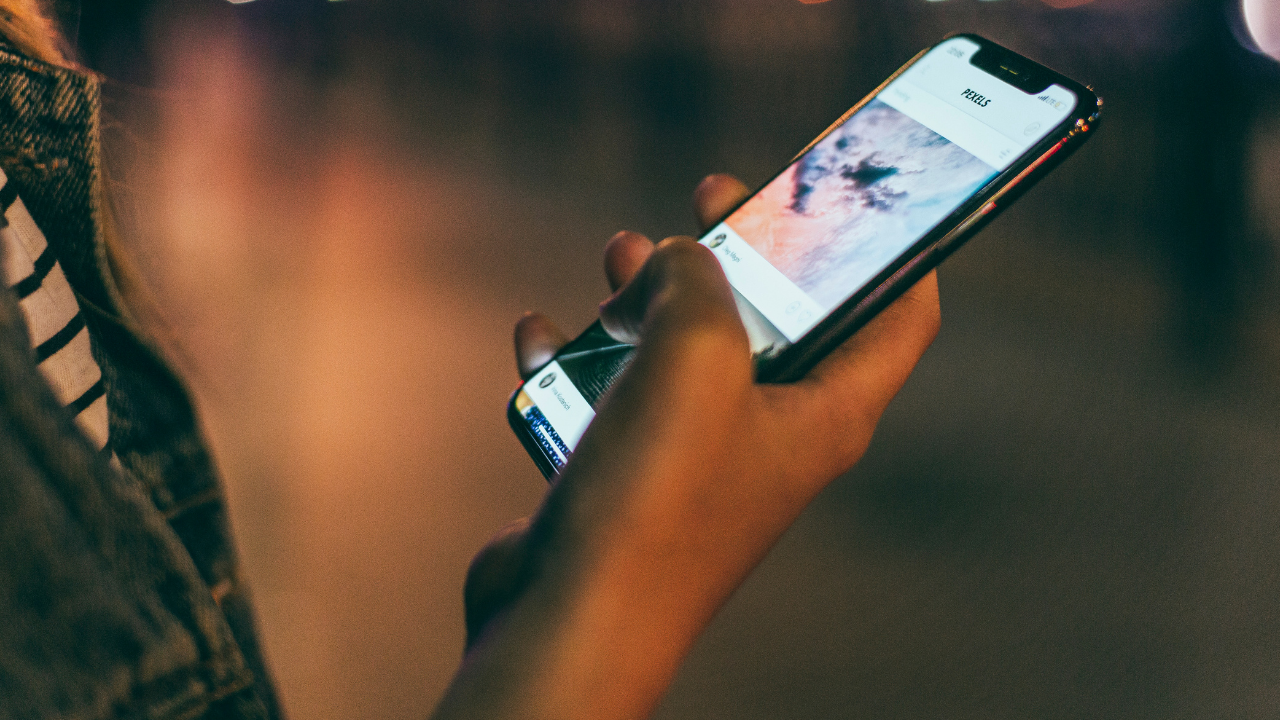
Types Of Influencers:
The 4 Influencer Tiers are defined by the number of followers the influencer has:
NANO-INFLUENCERS:
If you’re looking for conversions, go for nano-influencers. With their specific niches, brands can position products or services to their ideal target market, who are probably already looking for those items and enjoying content related to it already.
MICRO-INFLUENCERS (10,000-100,000 Followers)
Engagement is the name of the game, micro-influencers are your best players. As a brand, you want to know what people think of your product and have fans share the love. These types of influencers tend to get the best engagement rates, as their followers still connect and engage in a very authentic way.
MACRO-INFLUENCERS
For most brands, macro-influencers will be the go-to for campaigns that require reach and visibility. These can be rebranding efforts, product launches, product explainers, events (like promoting sales), app downloads, and ambassadorships.
MEGA-INFLUENCERS
If you’re looking for reach, brand awareness and impressions, you’ll need to look into working with a mega-influencer or macro-influencer.
This may well be a bigger investment, but they’ve got the numbers needed to reach the most people, which increases your impressions per post and awareness to your brand.
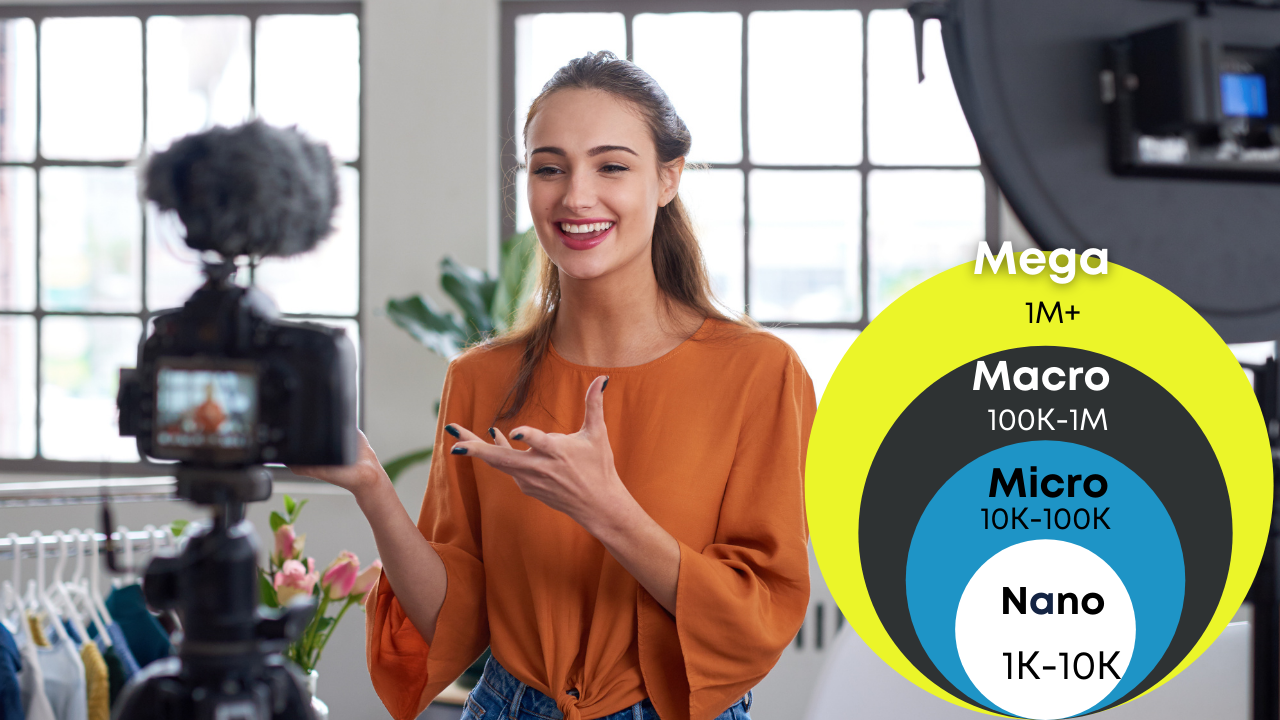
Do's and Don'ts
Don’t: Exclusively consider macro-influencers when trying to promote your brand.
Initially, big-name celebrities and mega influencers may seem like the way to go when promoting products, the engagement that comes with larger influencers is often much lower in comparison to their micro-influencer counterparts.
While in some cases working with a macro influencer can be very effective, they are often more difficult to get in contact with and far more costly, thus producing a lower ROI. Also, consider the fact that their audience is much broader and not so niche-specific.
Do: Look for micro-influencers that have an audience that already aligns with your ideal client
These influencers have fewer followers than macro-influencers however they tend to have higher engagement than their counterparts leading to better returns.
One key strategy when working with micro-influencers is to take a proper look at their audience to ensure that it aligns with the mission of the brand and business you are trying to promote. Not to mention micro-influencers also come with a smaller price tag, giving marketers more flexibility to try different strategies with multiple influencers.
Don’t: Focus only on the numbers.
Before deciding to work with an influencer, it is key to make sure that their content is authentic. Ways to ensure authenticity include checking to see what brands they have worked with in the past and making sure their social media presence is broader than just paid partnerships.
Do: Look at the overall brand and style of the influencer
One of the best ways to look at the overall style of the influencer is to research their followers and what they have promoted in the past. For example, if the influencer you are considering working with has promoted a competing brand in the past you may not want to work with them due to the lack of authenticity that this would cause for viewers.
Don’t: Have an unclear arrangement about compensation
In the past, many influencers did not disclose to their followers that they were being paid to share a post on a product; the guidelines have since changed. It is equally important that any influencer you are working with follows these rules when promoting your brand. Always be clear on whether you would like to make a trade exchange or otherwise, ask for a rate card from the influencer.
In the early days of influencer marketing, many influencers would post in exchange for free merchandise or discounts but this can no longer be expected for most influencers. Many influencers spend large amounts of time curating their social media platforms because this compensation is expected in exchange for a post from a prominent influencer.
Do: Follow best practices when it comes to influencer marketing and your audience
Marketers and influencers should be transparent with their audience about their partnership. Always disclose paid partnerships by making use of the Instagram "In paid partnership with" label. Transparency creates trust with your followers and even when products are gifted, you should make mention of it in the caption. Research location and industry-specific policies, as they may differ from country to country.
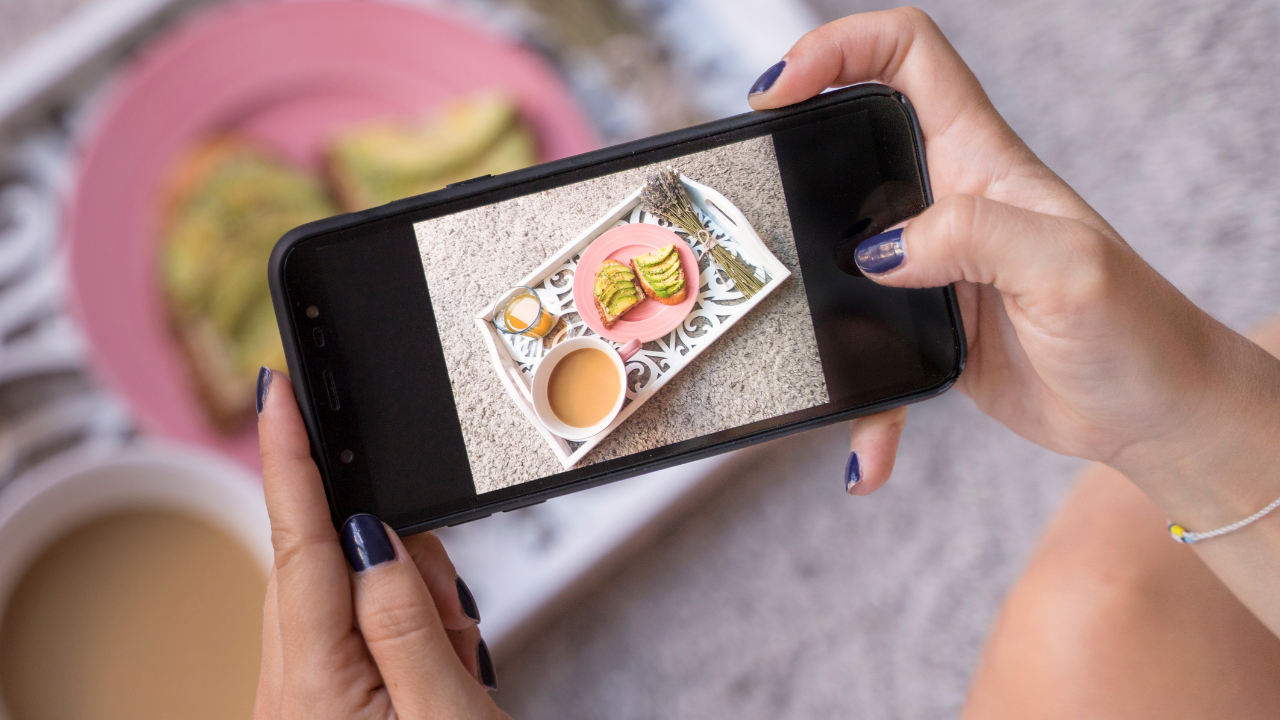
Don’t: Lose contact with influencers after their campaign or post has been completed
After a campaign, you may be tempted to thank the influencer and move on. However, this may cost you future partnerships with that influencer. This may seem simple, but it is critical to build on this valuable partnership, as opposed to exchanging a single post or campaign. Keep in touch and stay engaged with what they are doing online if you would like to work together again. A better relationship with a brand also ensures more and more knowledgable and authentic content.
Don’t: Be extremely specific about the style of the post or campaign
When it comes to influencer marketing, it is important to give the influencer some degree of creativity when they are promoting your brand. Although it is important to give the influencer some guidance about the number of posts and general style ideas, the more freedom the influencer is given the more likely it is that the influencer will promote your brand with enthusiasm and authenticity.
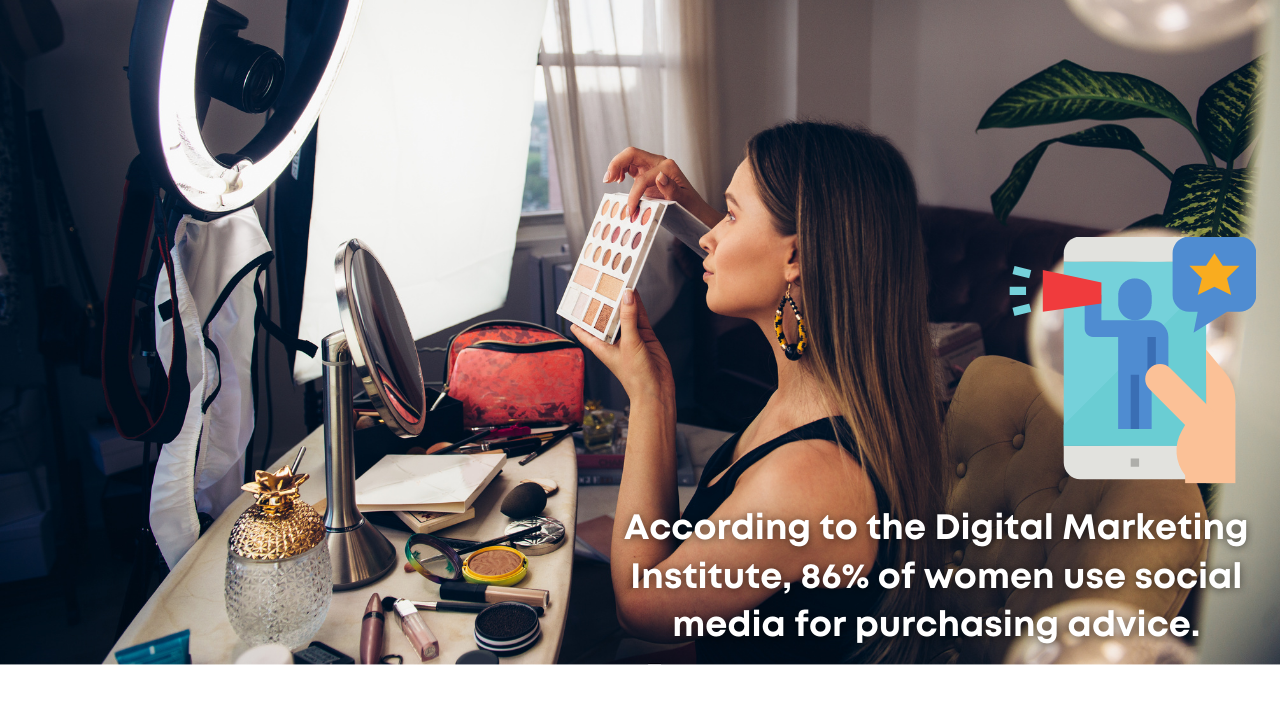
Do: Allow influencers freedom and creativity when it comes to promoting your product or brand
As marketers, it may be difficult to give influencers more freedom when it comes to marketing your brand, but this is something that cannot be overlooked. Without some creative freedom, the post may not fit with the brand and style of the influencer which may make the post less effective.
Do: Offer fair compensation and negotiate
Although compensation is expected, you should feel free to negotiate a fair price in exchange for a post. Most influencers will be more likely to negotiate when they are passionate about your product or brand. That is why finding influencers whose audience aligns with your key demographic is key in influencer marketing.
Instagram Promotions: Rules & Regulations
Instagram’s new branded content policy states that when posting content that features or is influenced by a business partner for an exchange of value, creators must use the branded content tool to tag the featured product, brand, or business partner.
Instagram’s branded content tool, also known as the "paid partnership" tag, was launched in June. The paid partnership tool allows influencers to add a tag directly above their sponsored content that says “Paid partnership with [Brand]”. It can be applied to both Instagram Stories and traditional Instagram posts.
The introduction of the paid partnership tag indicated Instagram’s first step towards encouraging transparency amongst top Instagram influencers. This announcement of Instagram’s branded content policy makes it clear that this tool is not merely a recommendation, but rather a requirement for all branded content.
When it announced its branded content policy, Instagram also stated that it will begin enforcing branded content that is not properly tagged.
Aside from transparency, Instagram’s branded content tool also impacts the industry by providing influencers and brands with access to metrics and analytics. Both the tagging influencer and the tagged brand have access to Instagram Stories metrics such as reach, taps forward, taps backward, replies and exits for 14 days.
Metrics for standard Instagram posts are available to both influencers and brands indefinitely. By providing valuable metrics to marketers and content creators alike, Instagram’s branded content tools will likely play a role in campaign optimisation moving forward.
Click here to view their complete policy and resources: Branded Content on Instagram